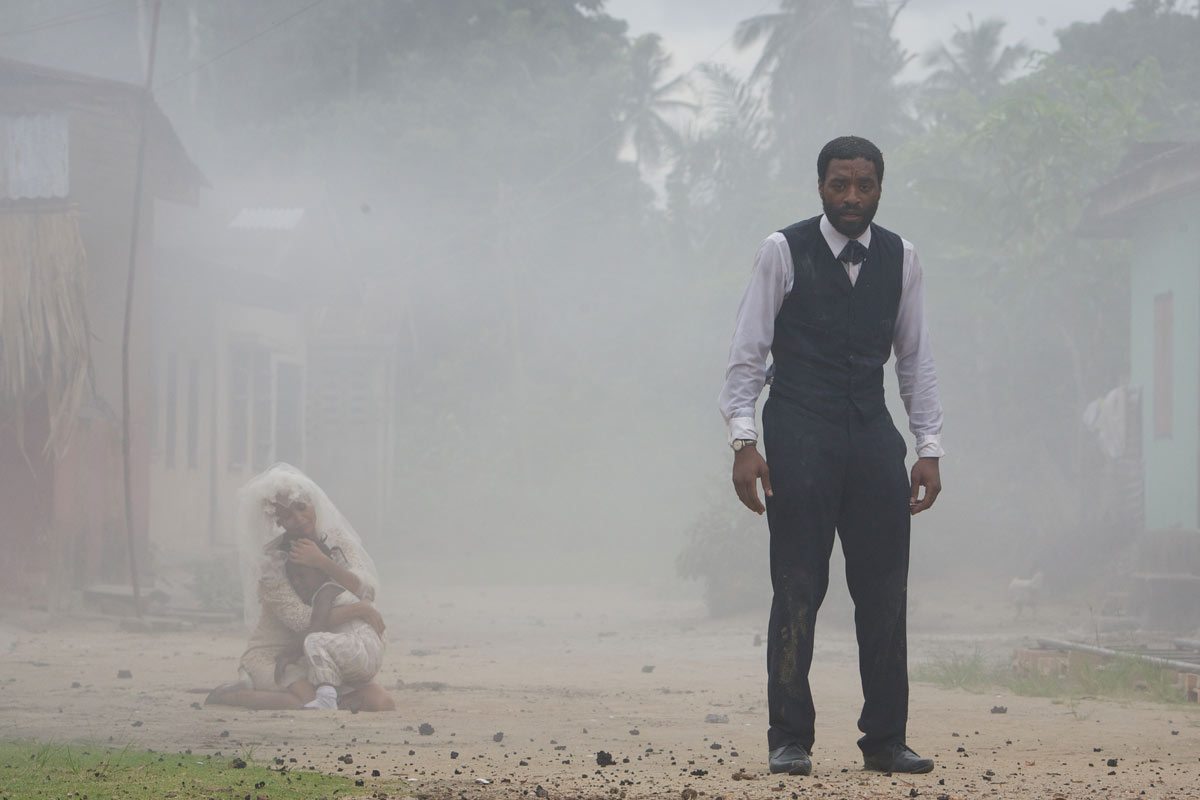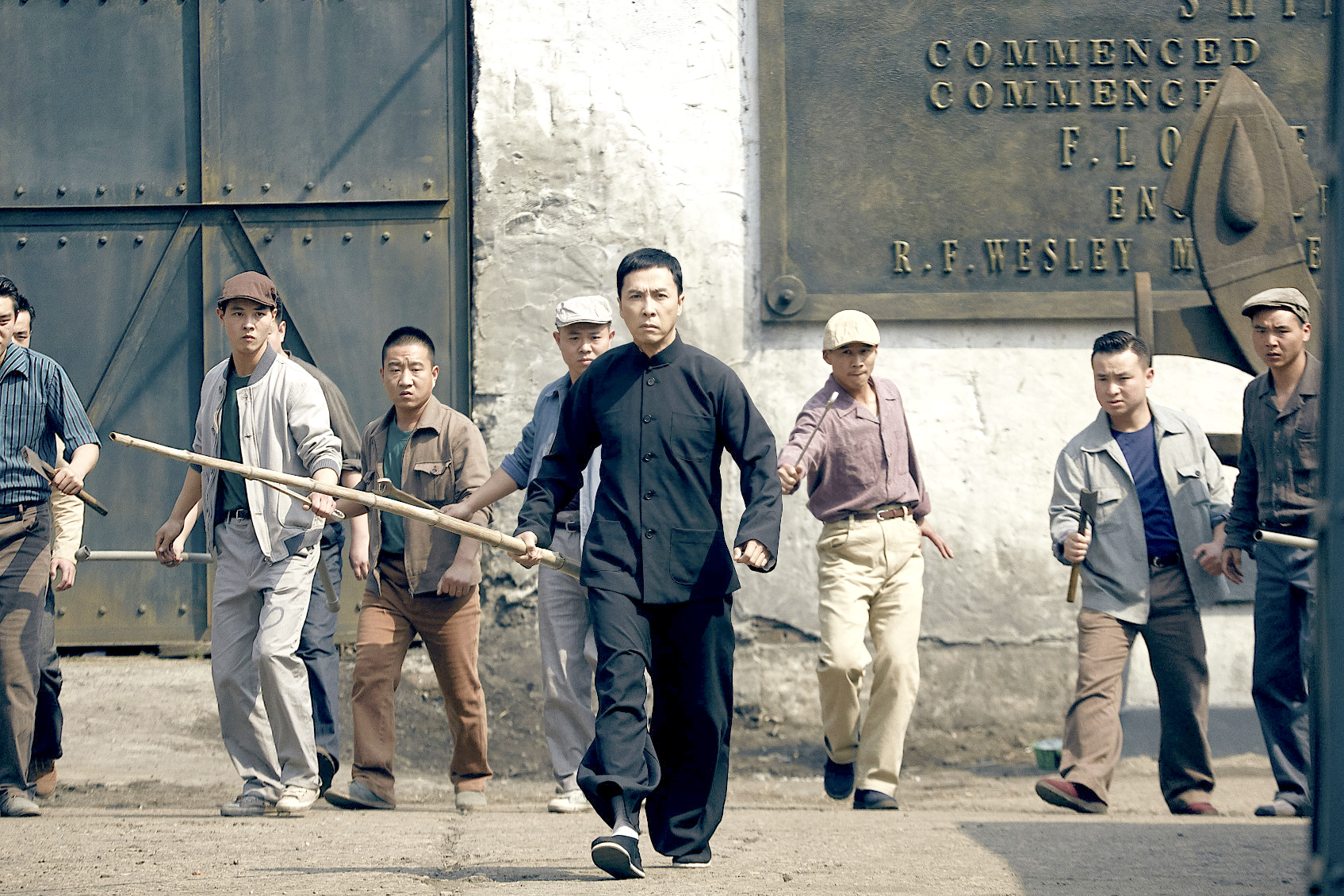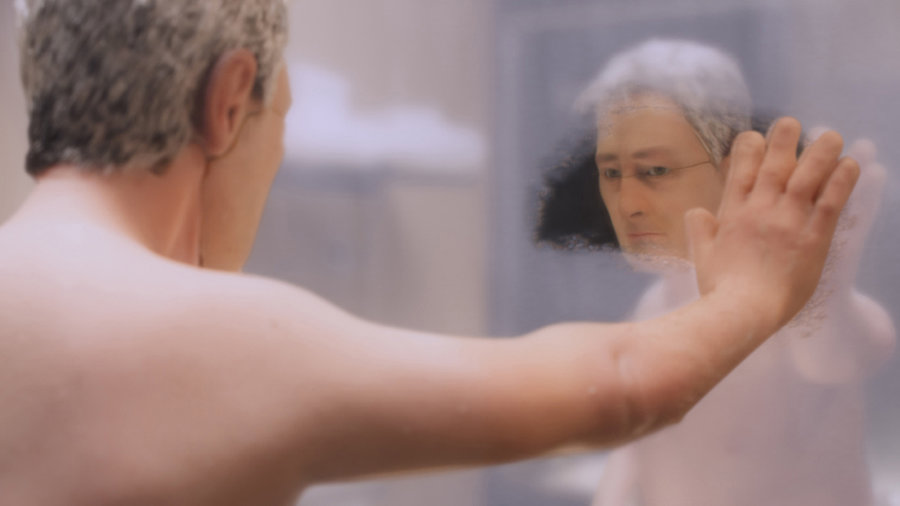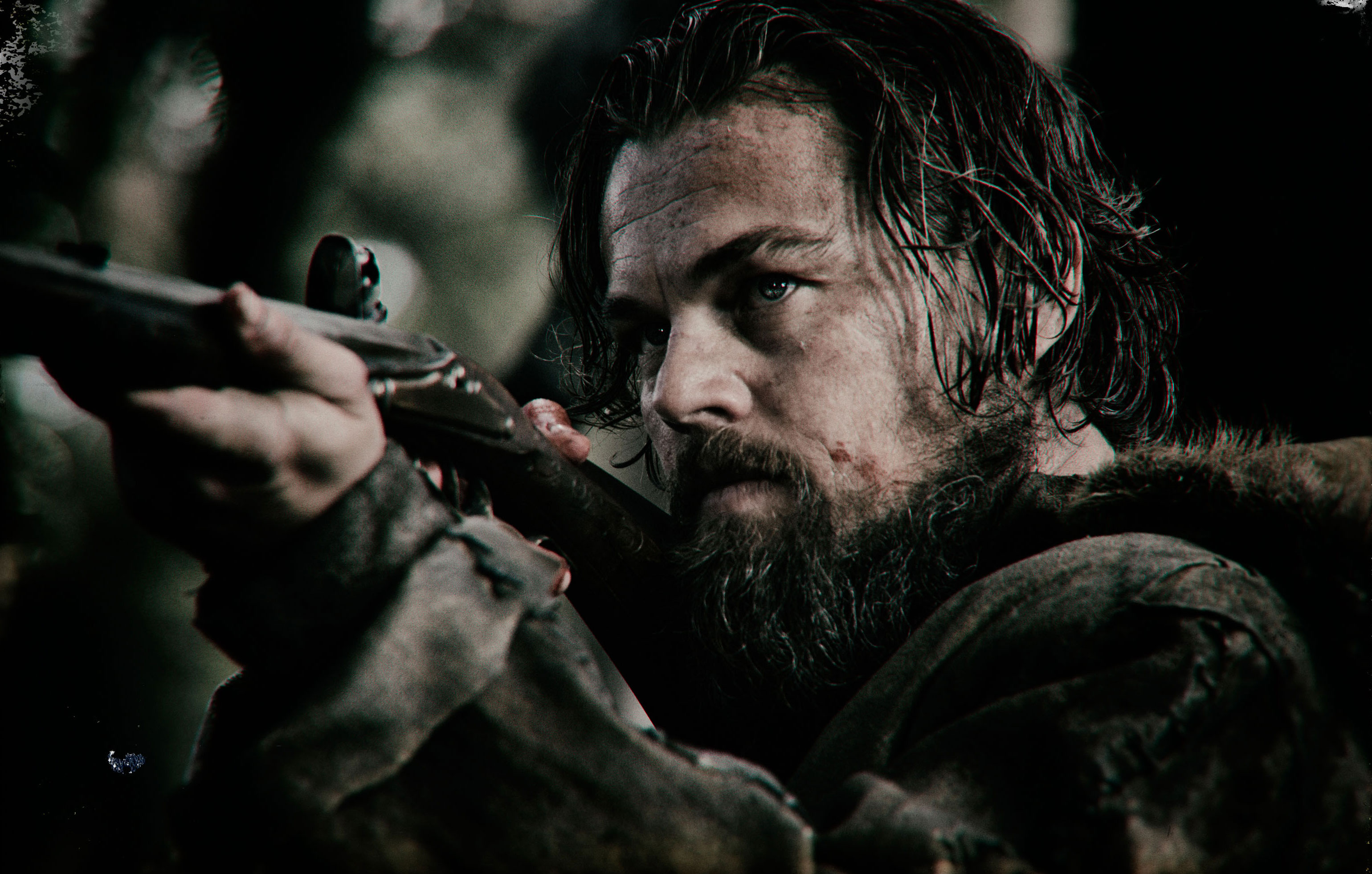The problems of squishing down a novel to fit a two-hour movie are familiar; when a complicated historical setting is added to the mix, things really get thorny. Half of a Yellow Sun tackles a decade or so in Nigeria’s tortured chronology, from its early years of independence to the disastrous Biafran war that divided the country in 1967–1970. The pattern is cut from Chimamanda Ngozi Adichie’s prize-winning 2006 novel, and pattern is about all you can discern in the film’s dutiful but sketchy treatment.
The early scenes in post-colonial Nigeria are vivid and saucy. We meet two sisters, Olanna (Thandie Newton) and Kainene (Dreamgirls dynamo Anika Noni Rose), who’ve been raised in wealth and educated abroad. Kainene—who disappears from the film for far too long—gets involved with a white British writer (Joseph Mawle), while Olanna travels across the country to join her fellow professor and lover, Odenigbo (Chiwetel Ejiofor). He’s a political agitator, although for a while the movie’s look at tribal loyalties and new political movements is back-burnered in favor of more personal intrigue: sexual betrayal, payback, an out-of-wedlock baby.
When we do get to the establishment of the short-lived Republic of Biafra, director Biyi Bandele creates a handful of disturbing scenes, especially a massacre at an airport that is all the more chilling for being so calmly implemented. There’s something powerful about the juxtaposition of images, as the movie travels from bright, stylish academics debating philosophy to soldiers carrying bloodied machetes down the middle of the street. (Those disparate images still haunt Nigeria, as the grotesque jihad of Boko Haram has proved.) The main problem with Yellow Sun is that—despite the power of Newton and Rose, who rather overshadow 12 Years a Slave star Ejiofor here—the characters are forced to stand around and deliver exposition on a too-regular basis. And even with all that summarized history (also augmented by newsreel footage and a narrator), the reasons for the sectarian violence and the civil war itself will remain incomplete for non-specialists in African history. At the end there’s the suggestion that we’ve been watching the stories of real people, although the source is a fictional work.
That final note—seemingly added to tie up some tragic loose ends—only adds to the sense of confusion.
Opens Fri., July 11 at Sundance. Rated R. 113 minutes.
film@seattleweekly.com








